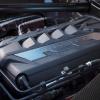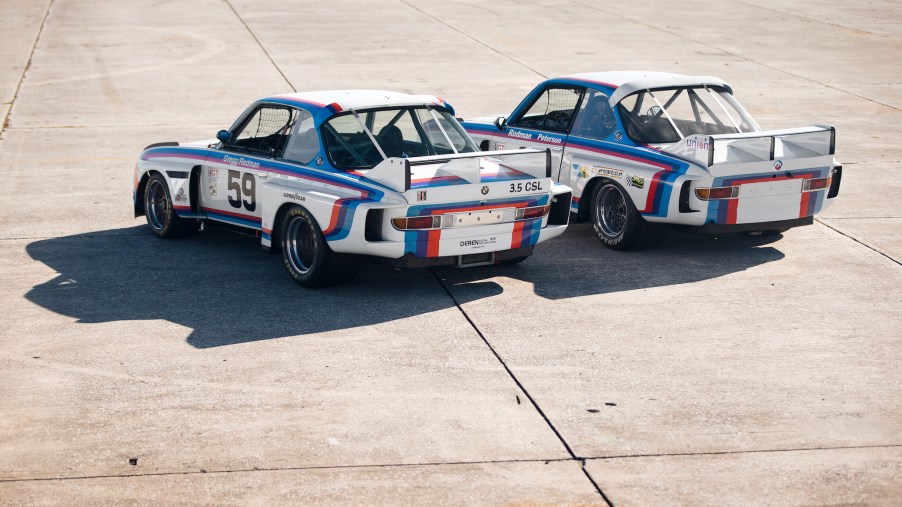
The BMW 3.0 CSL Batmobile Was so Aero It Was Illegal
Car spoilers and wings are sometimes unnecessary. But done properly, they’re part of a host of modifications designed to improve performance through aerodynamics. And, naturally, race cars and their homologation versions often take them to the extreme. The Dodge Charger Daytona springs immediately to mind. But as big as the Daytona’s wing is, it’s still street-legal. That wasn’t the case with the one on the BMW 3.0 CSL Batmobile.
The BMW 3.0 CSL already meant serious performance
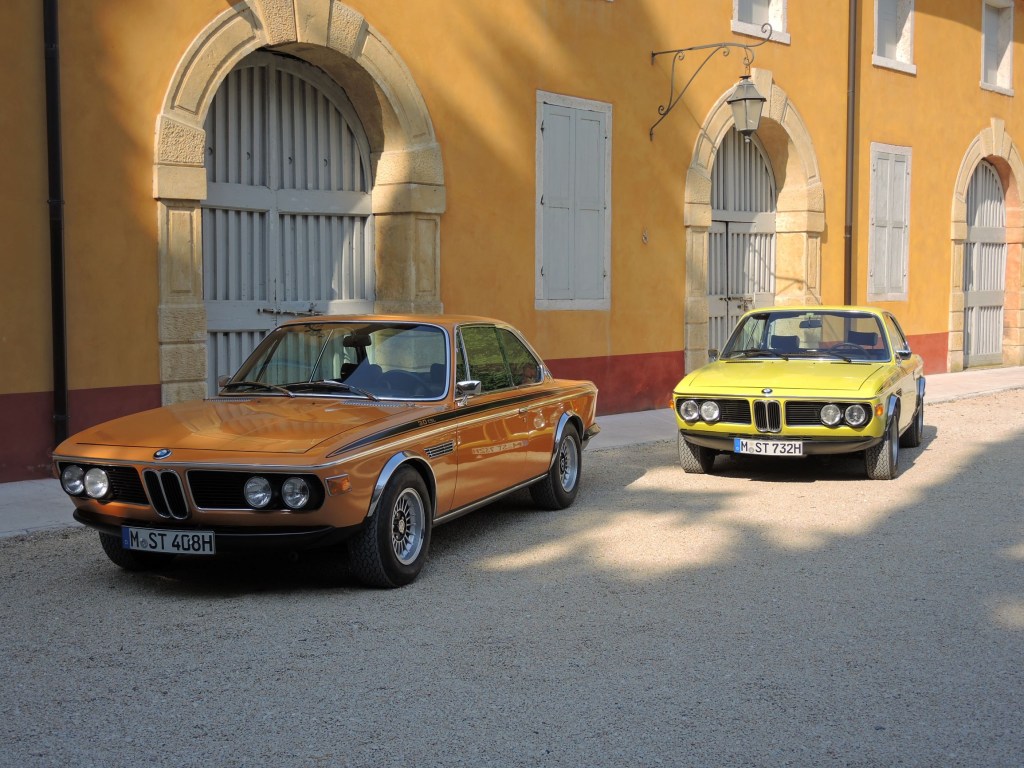
After releasing the 2002 and its Neue Klasse brethren, BMW wanted something more premium to improve its cachet. Specifically, some kind of sporty grand-touring coupe model.
So, in 1968 it launched the CS line, with ‘CS’ standing for ‘Coupe Sport,’ Hagerty explains. At the time, the CS models, especially the 3.0 CS, were genuine German rivals for Aston Martin’s best, Top Gear reports. And while the earlier 507 failed to improve BMW’s image in North America, the CS definitely succeeded, Petrolicious reports
However, BMW also wanted to convey its cars’ performance credentials. And the easiest way to do that was to take them racing, which was BMW’s plan from the start, MotorSport explains. But before a manufacturer could make a race car, it had to sell a certain number of homologation cars with similar specs. This is where the 1971 BMW 3.0 CSL comes in.
‘CSL’ stands for ‘Coupe Sport Light,’ which the BMW 3.0 CSL certainly is, Hagerty reports. It has no exterior trim or soundproofing, Perspex windows, as well as aluminum doors, trunk lid, and hood, Silodrome and Road & Track report. The 3.0 CSL also has no power windows, no power steering, and no carpets, Top Gear reports. BMW even used a thinner gauge of steel for the body to cut down the curb weight, Automobile reports.
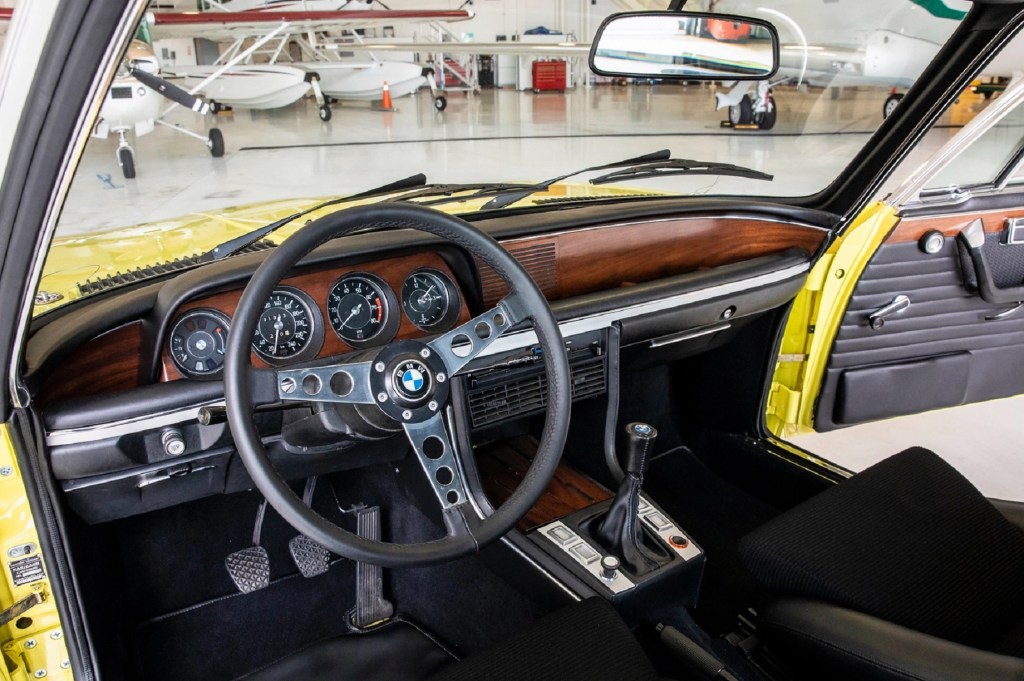
As a result, the BMW 3.0 CSL weighs 440 pounds less than the standard 3.0 CS. And while the earliest models used the same 180-hp carbureted 3.0-liter inline-six engine, that was later upgraded to a fuel-injected 200-hp version. The last models have 206-hp fuel-injected 3.2-liter inline-six engines, Hagerty reports.
As a result, the BMW 3.0 CSL has a 0-60 mph time over a second quicker than the standard car, DriveTribe reports. Racing-spec models were even faster and more powerful, with some developing over 400 hp.
And then there’s the BMW 3.0 CSL’s arguably most iconic feature: the Batmobile aero package.
M took the 3.0 CSL to extreme aero heights with the BMW Batmobile
Although it doesn’t have an ‘M’ badge, the BMW 3.0 CSL Batmobile is widely regarded as the first ‘M’ car, Hagerty reports. For one, it was the first car to wear the now-iconic M color scheme. And even years after production ended, the 3.0 CSL Batmobile continued to dominate racetracks, Car and Driver reports.
Racing-spec versions set lap records at the Nürburgring and won at race tracks like Le Mans, Daytona, and Riverside, R&T reports. A 1975 3.5-liter BMW Batmobile won the 12 Hours of Sebring outright, R&T reports. So, while it doesn’t have the badge, the BMW 3.0 CSL Batmobile is directly responsible for M’s reputation. So much so, that it’s created several modern Hommage concepts that reference it, Car and Driver reports.
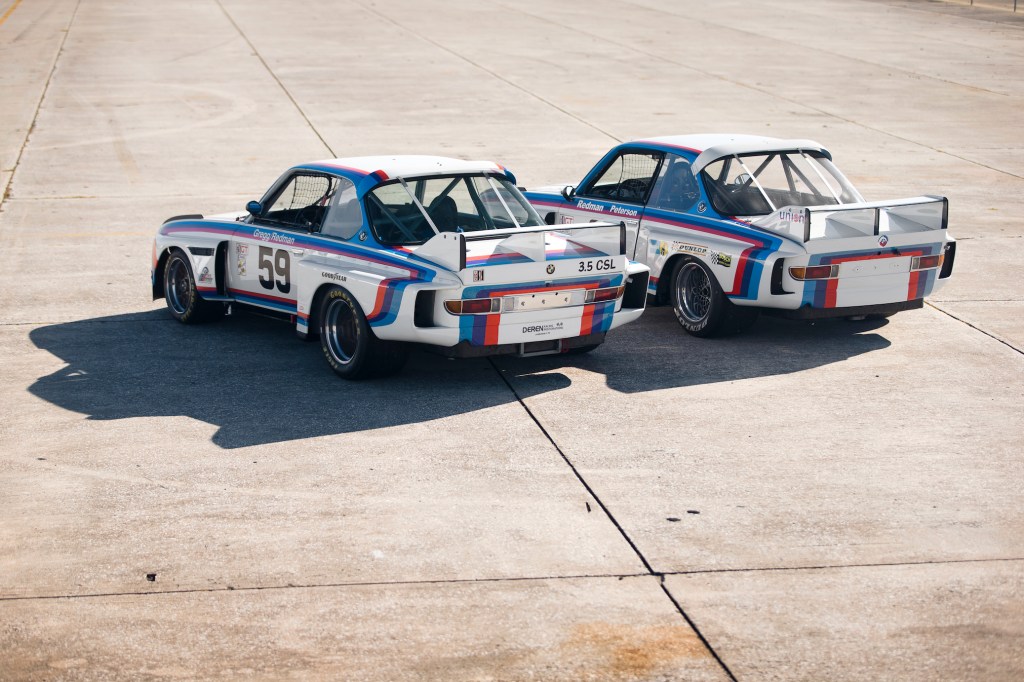
Technically, ‘Batmobile’ is a nickname for the M-prepped BMW 3.0 CSL, not an official designation. But it’s easy to see how the car earned it: its aero package. The ‘Batmobile’ kit gave the 3.0 CSL front fender fins, a front air dam, a roof spoiler, and, most prominently, a large rear wing, The Drive reports. And while the racing-spec version was even more extreme, Automobile reports, the road-going body kit is still functional. Not to mention striking, especially for the period.
There was just one problem: the wing wasn’t street-legal in some countries. And one of those countries was Germany. Yes, BMW couldn’t install the body kit’s most prominent part on the 3.0 CSL at the factory, Motor1 explains. Instead, the German automaker had to leave the wing in the trunk for owners to install themselves. In a way, the Batmobile kit was kind of like the Dodge Demon’s drag-racing kit.
Even replicas don’t come cheap
Although the ‘Batmobile’ appellation has become synonymous with the BMW 3.0 CSL, not every car came with the kit. Only Series 3 and Series 3.5 road cars offer it, and BMW made just 167 examples, RM Sotheby’s reports. As a result, original Batmobiles command a premium over ‘regular’ 3.0 CSLs.
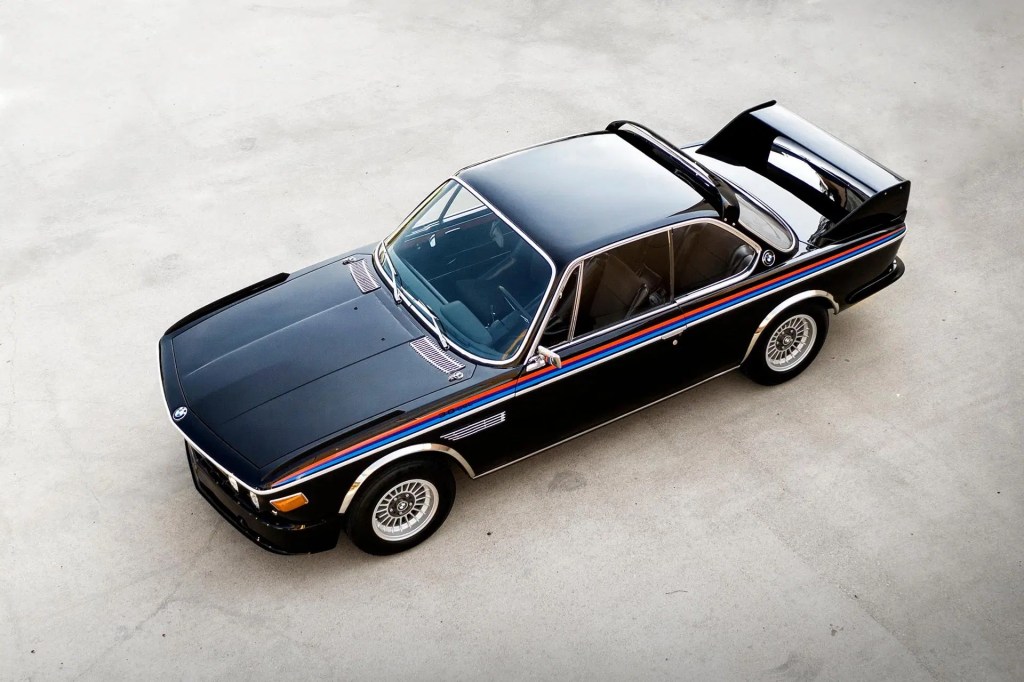
A good-condition non-Batmobile 3.0 CSL typically goes for around $150,000 on Bring a Trailer. But genuine Batmobiles have gone for over twice that amount at places like Bonhams. Naturally, this means some CSL owners have created their own replicas and tributes. A 1975 tribute sold in 2020 on BaT for $175,000.
Follow more updates from MotorBiscuit on our Facebook page.


